China, the world’s most populous country, is teeming with natural and cultural attractions. China’s history dates back to thousands of years ago, and it has some 47 world heritage sites to date. It is no wonder visitors flock to China, and more often than not, they head straight to some of the most globally recognised tourist spots. If you’re heading to China and not sure where to begin your explorations, check out some of these must-visit tourist attractions in China:
1. Great Wall of China
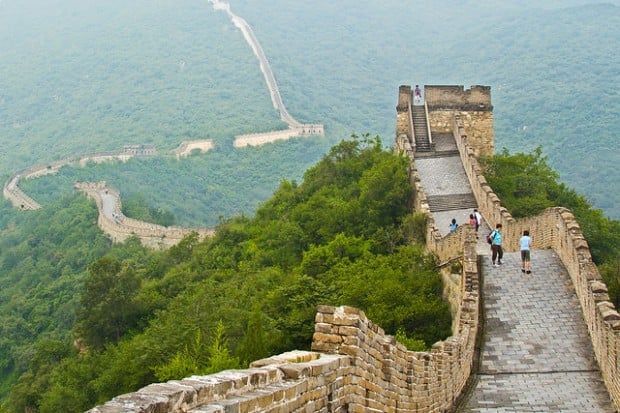
Image Credit: Colin Capelle
China, the world’s most populous country, is teeming with natural and cultural attractions. China’s history dates back to thousands of years ago, and it has some 47 world heritage sites to date. It is no wonder visitors flock to China, and more often than not, they head straight to some of the most globally recognised tourist spots. If you’re heading to China and not sure where to begin your explorations, check out some of these must-visit tourist attractions in China:
1. Great Wall of China

Image Credit: Colin Capelle
In the movie The Mummy: Tomb of the Dragon Emperor starring Jet Li, an undead emperor resurrected his own batch of warriors, and these warriors are similar to Xi’an’s Terracotta Army. The Xi’an’s Terracotta Army are life-size models which were discovered by farmers when they were digging a well. The armies represent the battalion that triumphed over all other Chinese armies during the Warring States Period (475-221 BC). In 1987, the Terracotta Army became listed as yet another one of China’s UNESCO World Cultural Heritage Site. It is considered as one of the greatest archaeological sites in the world.
3. Beijing’s Forbidden City
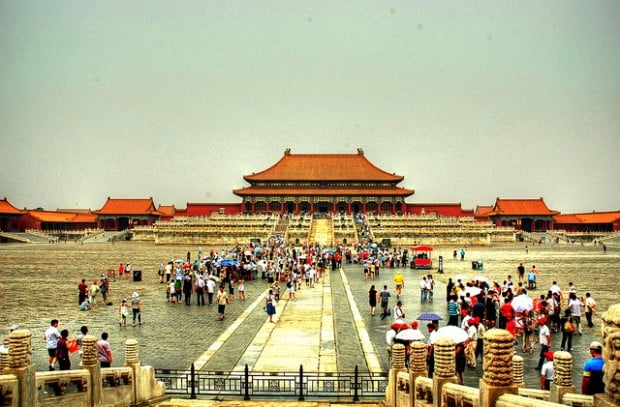
Image Credits: Alan Lam
In olden times, Forbidden City is only for the elite; commoners or ordinary people were forbidden entry. Fondly known as “The Palace Museum”, the Forbidden City served as the imperial palace of the Ming and Qing Dynasties for 560 years until 1911. Beijing’s Forbidden City is a lavish demonstration of Chinese architecture, with more than 8,000 rooms with golden roofs. It was also the home to 24 emperors and houses Chinese cultural and historical relics.
4. Guilin’s Li River
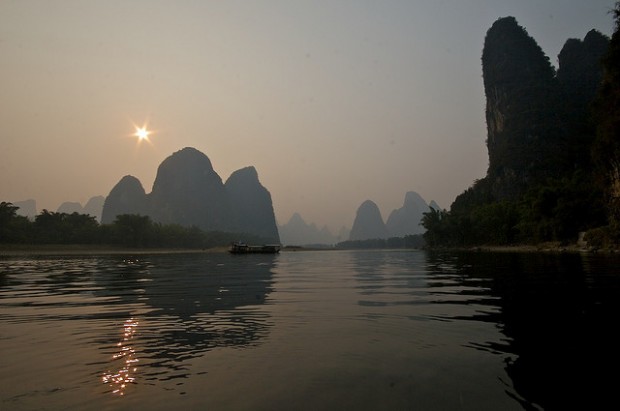
Image Credits: Brian Yap
Maybe you’ve seen the quintessential Chinese paintings with karst landscapes as the backdrop. To experience this beautiful scenery that often appear in Chinese paintings and has inspired many poets and artists, make your way to Li River. It snakes its way among hills, steep cliffs and farming villages, and it is fringed with bamboo groves. The most beautiful part of the river is nestled between Guilin and Yangshou which stretches about 83 kilometres.
5. Huangshan or Yellow Mountains
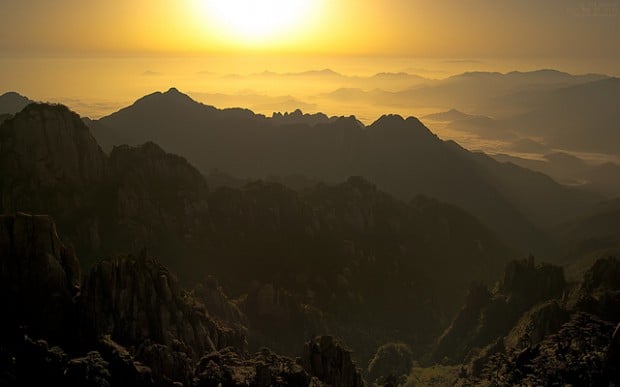
Image Credits: Suvcon
Tucked in east China, close to Shanghai and Hangzhou, Yellow Mountains are one of China’s best three national parks – the other two being Zhangjiajie National Forest Park and Jiuzhaigou National Forest Park. It is the most painted and photographed mountains in China due to its oddly-shaped rocks, peculiar pine trees, seas of clouds and hot springs. Rumour has it that China’s supernatural ancestor, the Yellow Emperor, resides there. In 1990, UNESCO listed the Yellow Mountains as a World Heritage Site.
Also Read: Toilet Waterfall Cascades in Foshan, China
6. Hangzhou’s West Lake
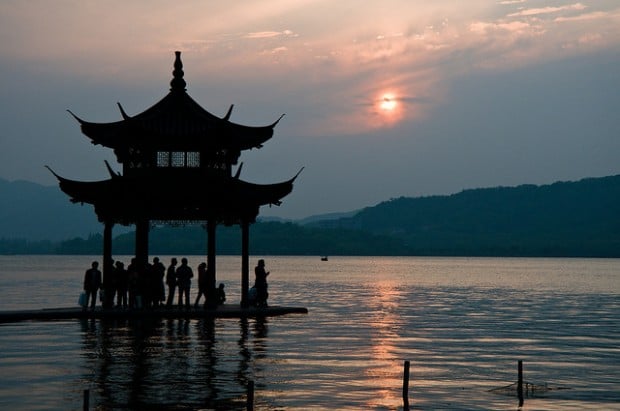
Image Credits: Mitch Altman
In the 13th century, Marco Polo declared Hangzhou as “the most beautiful and elegant city in the world”. Artfully crafted after the Chinese love for garden-style parks, it earned the soubriquet as China’s “paradise on earth”. The lake is a picture of tranquility, with quaint pagoda and Chinese-style arched bridges.
7. Zhangye’s Danxia landscape
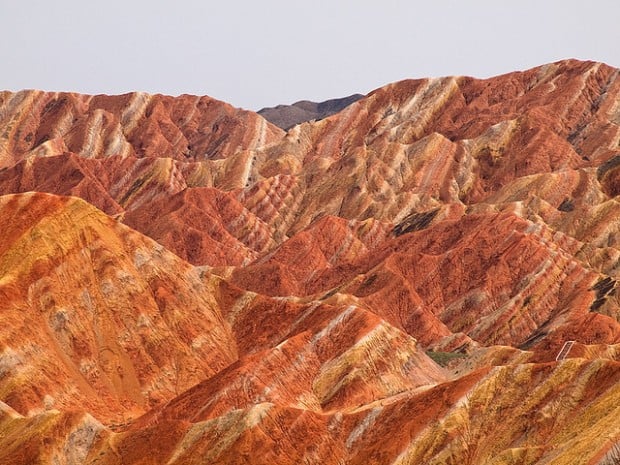
Image Credits: Evgeni Zotov
Danxia is located in the northwest remote area of China, and it is a haven for photographers. It earned the moniker “Rainbow Mountains” because of its curvy and multicolored formations. The name Danxia means “red, red clouds”, and this name is brought about by the presence of vibrant red rock formations that are best viewed when the sun shines on them. Visit Zhangye between June to September for the best weather. The best time to take photos of the mountains is during sunrises and sunsets. Prepare yourself for a spectacular sight.
8. Zhangjiajie’s Precipitous Pillars
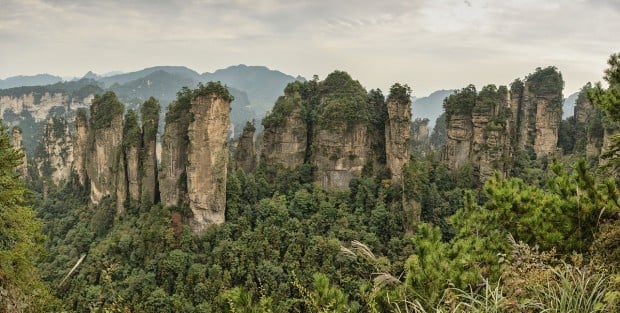
Image Credits: Wikimedia
Zangjiajie is famous for its lofty peaks, deep valleys and unique rock pillars. It has become an inspiration for the Hallelujah Mountains in James Cameron’s Avatar. The signature precipitous pillars in Zhangjiajie National Forest Park occasionally appears as a lovely backdrop to Chinese-themed films and animated shows.
9. Lhasa’s Potala Palace
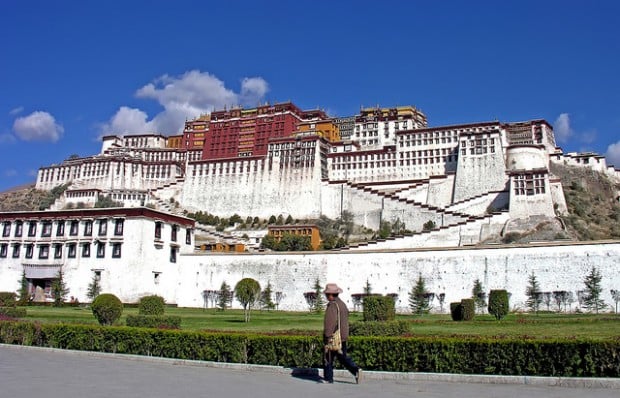
Image Credits: Dennis Jarvis
In 1994, the Potala Palace was declared a UNESCO World Cultural Heritage Site. It is a symbol of Tibet and houses murals, scriptures, sculptures, Buddhist statues, antiques and religious jewellery.
10. Jiuzhaigou’s Colorful Alpine Lakes
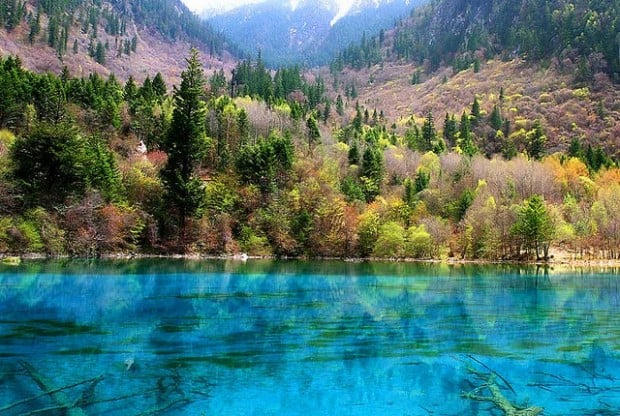
Image Credits: Mosamuse
If you want to see something amazing, head to Jiuzhaigou in remote west China. Jiuzhaigou is known for its multicoloured lakes graciously shadowed by green foliage. The lakes change colours through the day and year, and on clear days it reflects the mountains. Fall is the perfect season to visit Jiuzhaigou, when the landscape changes colour to vibrant autumn hues.
11. Giant Pandas
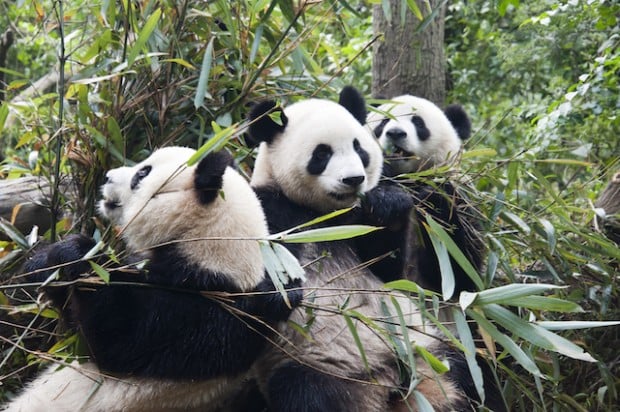
Image Credits: Wikipedia
Cute and cuddly pandas (mind you, not the kung-fu-fighting ones) are loved by young or old. Visit the pandas’ hometown in Chengdu to see them in their natural habitat. The Chengdu Panda Center is located in the northern part of the city. There are three places to see pandas up close: Chengdu Panda Breeding and Research Center, Bifengxia Panda Base and Dujiangyan Panda Valley.
Also Read: Marvel at the Strange Beauty of Tianzi Mountains in China
12. Beijing’s Summer Palace
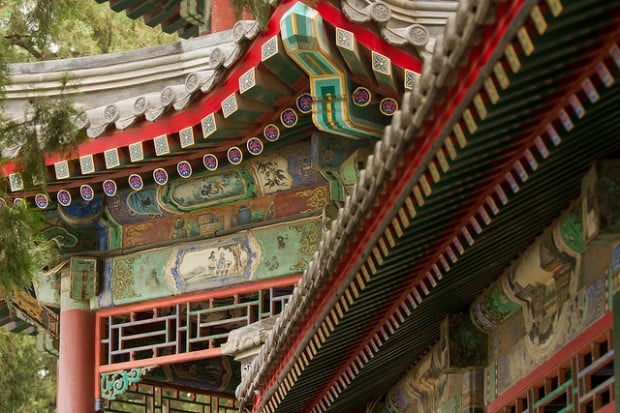
Image Credits: Alex Pierre
Beijing’s summer palace was originally built in 1750 but was destroyed during war in 1860. In the year 1886, the palace was restored to its original structure. The Summer Palace is another great garden design of Chinese landscape. A handful of hills and lakes complement man-made features like palaces, temples, pavilions and bridges.
13. Suzhou’s Elegant Water Towns and Gardens
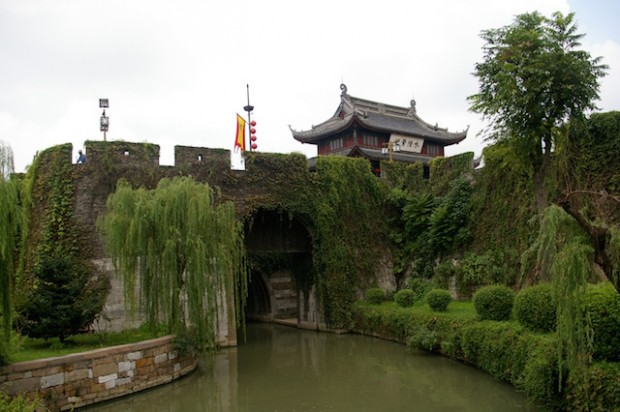
Image Credits: Wikipedia
China’s water towns like in Suzhou are the epitome of traditional Chinese villages. In Suzhou, you’ll find ancient wooden houses that line waterways, punctuated by stone bridges that will take you back in time to ancient China.
14. Xidi Village
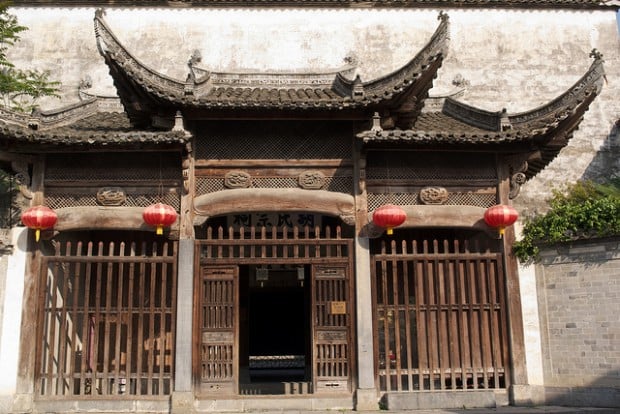
Image Credits: Llee_wu
Xidi Village is fondly called as Xixi because of the three brooks that run from east to west. But there was a relay station in the western part of the village, the name was changed to Xidi. The village has a rich history of almost 1000 years under its belt and served as a witness to Ming and Qing dynasties while sitting at the southern foot of Mt. Huangshan. It has over a hundred well-maintained old folk houses and a number of preserved and exquisite gardens.
15. Hongcun Village
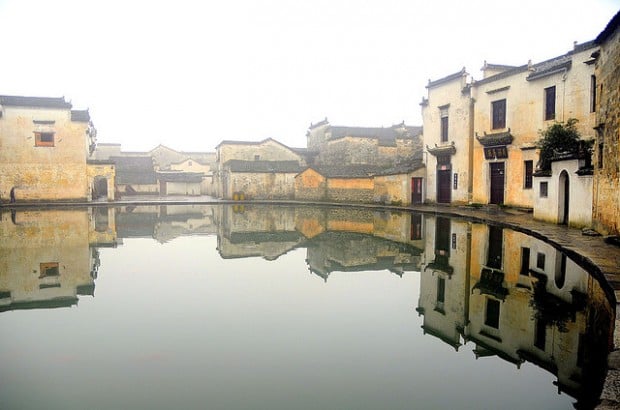
Image Credits: Luo Shaoyang
Hongcun is located in the southwestern foot of The Yellow Mountains that stretches an area of about 28 hectares. A part of Hongcun is an old village that spreads 19.11 hectares of land. The village also made an appearance in Ang Lee’s movie Crouching Tiger, Hidden Dragon. It stood through the test of time and has garnered about 900 years’ worth of history. March and April is the perfect time to see flower blossoms and early November is a good time to visit for viewing autumn colours.
16. Temple of Heaven

Image Credits: 月明 端木
The Temple of Heaven symbolised the relationship between heaven and earth – God’s world and human world – which stands at the heart of Chinese cosmogony. Emperors played a special role in the relationship. China was ruled by series of feudal dynasties for over two thousand years, the legitimacy of which was depicted through the temple’s design and layout.
17. The Thirteen Ming Tombs in Beijing
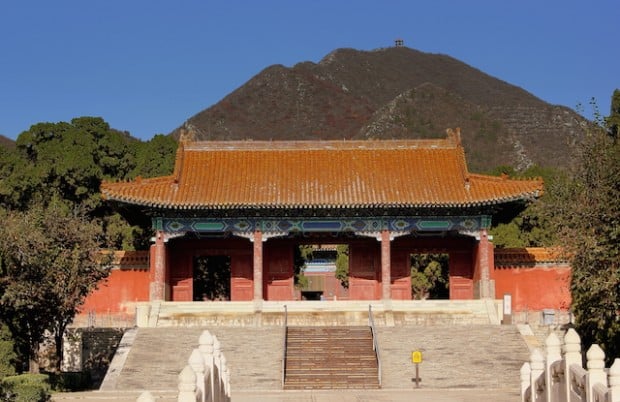
Image Credits: Wikimedia
Number thirteen can be an unlucky number or a lucky one, depending on a person’s superstitions. During the Ming Dynasty, there are thirteen imperial tombs scattered over 40 square kilometres from Changping District to northwestern part of Beijing. Construction of the cemetery lasted for more than two hundred years. The first tomb in Changling was built in 1409, while the last one, Siling, was built in 1644 during the reign of the last Ming emperor. Seniority in the imperial families is the basis for the scale and grandeur of the imperial mausoleums.
18. Mogao Caves
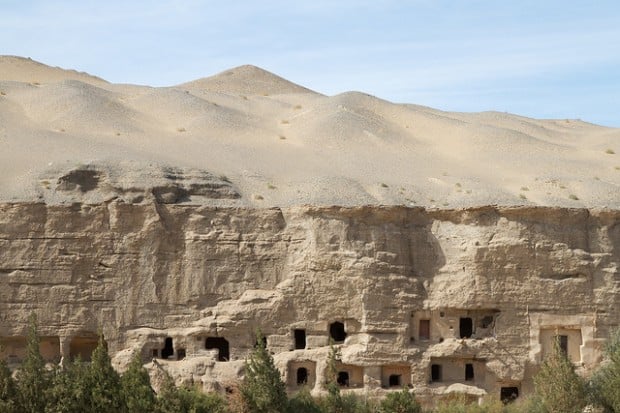
Image Credits: Martha de Jong-Lantink
Legend has it that the first Mogao cave was established by a Buddhist monk, Lie Zun (Lo-tsun) in 366 AD, who had a vision of a thousand Buddhas. A wealthy Silk Road pilgrim funded the first temple, and it was followed by others thereafter. Murals were originally designed to assist devotional contemplation, but eventually acquired a narrative purpose as well. The Mogao Caves is also known as Mogao Grottoes, Caves of Dunhuang or Caves of the Thousand Buddhas. There are only 30 cave temples out of 600 open to the public.
19. Longji Rice Terraces
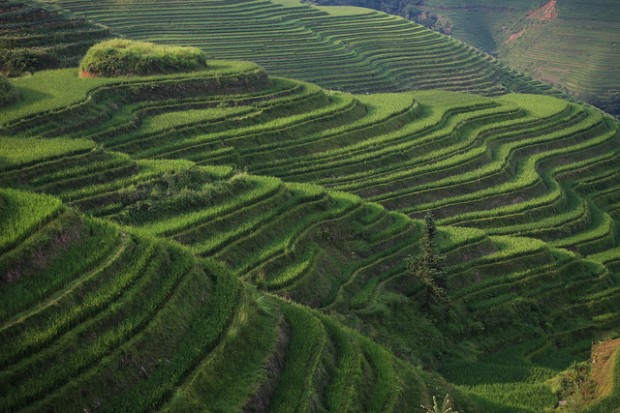
Image Credits: Julie Laurent
Rice terraced fields, such as that of Longji (Dragon Backbone’s Rice Terraces) that are built by the Zhuang people, offer fantastic sceneries. The terraces of Longji sit on the hillsides and looks like ribbons to visitors who climb from the bottom to the top of the hills. The first terraces were first constructed during the Yuan Dynasty (1271–1368) and were completed in the Qing Dynasty (1644–1911). Popular terraced fields are Jinkeng Red Yao and Ping’an Zhuang terraced fields.
20. Hong Kong Disneyland
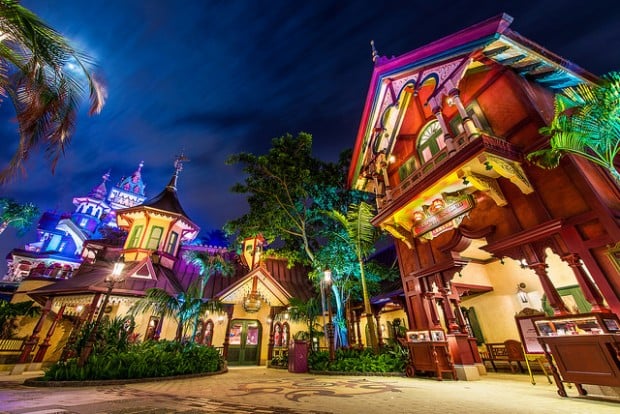
Image Credits: Tom Bricker
In the words of Michael D. Eisner and Donald Tsang: “Hong Kong Disneyland is dedicated to the young and the young at heart – with the hope that it will be a source of joy and inspiration, and an enduring symbol of the cooperation, friendship and understanding between the people of Hong Kong and the United States of America.” Gather up your family and relive your childhood fantasies, meet your favorite Disney characters and enjoy the fun rides at Hong Kong Disneyland.


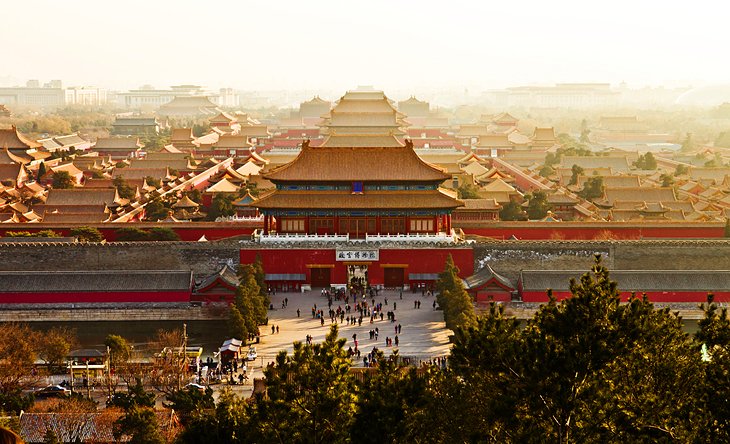
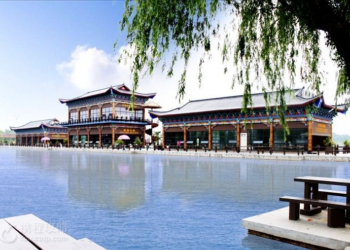
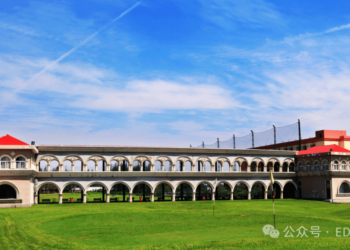
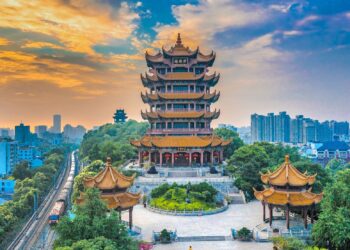
![[Guangxi], 0 Tuition, 0 Dorm, Bachelor Scholarship](https://news.eduprchina.com/wp-content/uploads/2024/07/南宁1-350x250.jpeg)
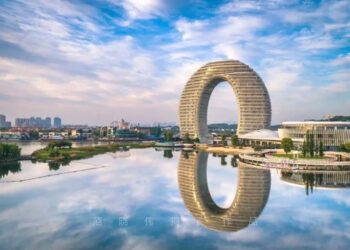
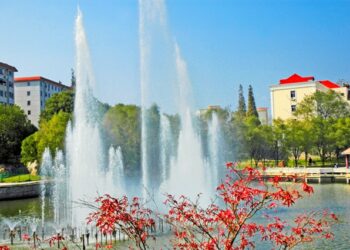
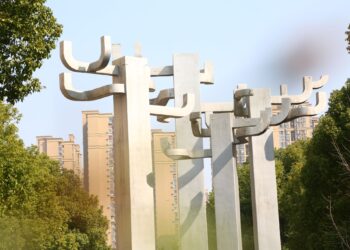
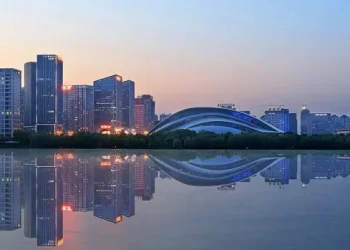

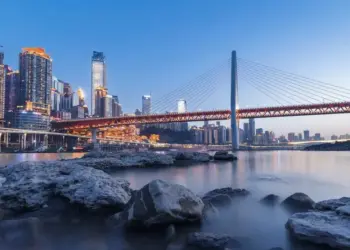
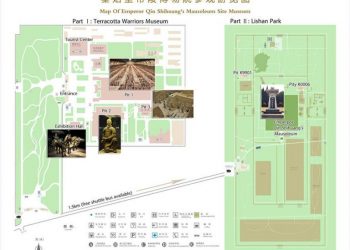






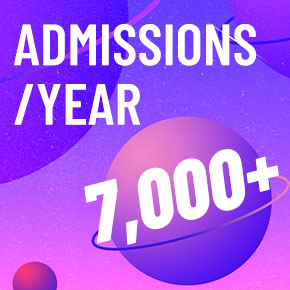


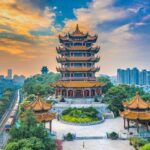
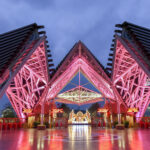
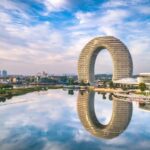
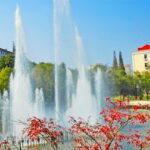

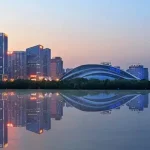

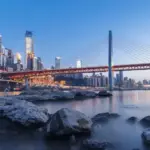
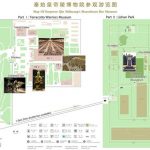

This Post Has 0 Comments